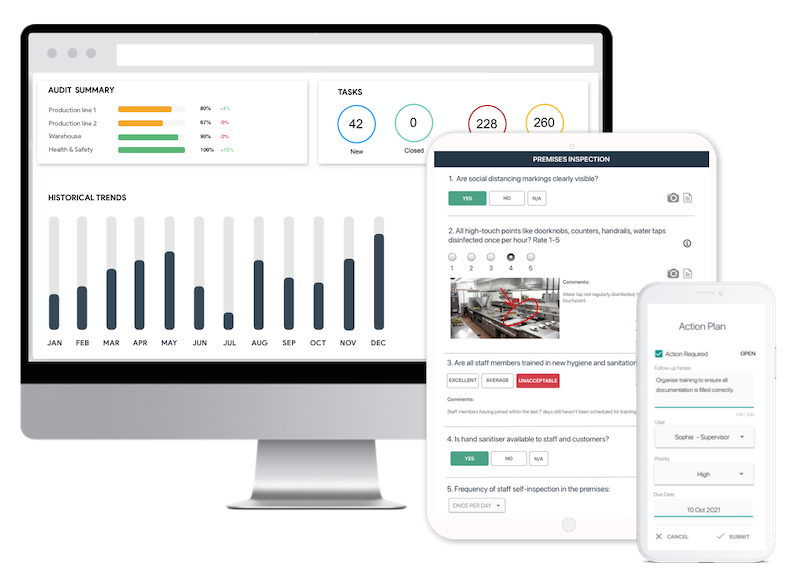- Library ›
- Transport & Automotive ›
- Road Safety Audit Checklist
Road Safety Audit Checklist
6.1.1 Visibility, Sight Distance
6.1.2 Design Speed
6.1.3 Speed Limit/Speed Zoning
6.1.5 Readability By Drivers
6.1.6 Widths
6.1.7 Shoulders
6.1.8 Crossfalls
6.1.9 Batter Slopes
6.2.1 Tapers
6.2.2 Shoulders
6.2.3 Signs And Markings
6.2.4 Turning Traffic
6.3.1 Location
6.3.2 Visibility; Sight Distance
6.3.3 Controls And Delineation
6.3.4 Layout
6.3.5 Miscellaneous
6.4.1 Lighting
6.4.2 General Signs Issues
6.4.3 Sign Legibility
6.4.4 Sign Supports
6.5.1 General Issues
6.5.2 Centrelines, Edgelines, Lane Lines
6.5.3 Guideposts And Reflectors
6.5.4 Curve Warning And Delineation
6.6.1 Clear Zones
6.6.2 Crash Barriers
6.6.3 End Treatments
6.6.4 Fences
6.6.5 Visibility Of Barriers And Fences
6.7.1 Operations
6.7.2 Visibility
6.8.1 General Issues
6.8.2 Pedestrians
6.8.3 Cyclists
6.8.4 Public Transport
6.9.1 Design Features
6.9.2 Crash Barriers
6.9.3 Miscellaneous
6.10.1 Pavement Defects
6.10.2 Skid Resistance
6.10.3 Ponding
6.10.4 Loose Stones/Material
6.11.1 General Issues
6.12.1 Design Issues
6.12.2 Pavement/Shoulder Quality
6.13.1 Ponding, Flooding
6.13.2 Safety Of Devices
6.14.1 Landscaping
6.14.2 Temporary Works
6.14.3 Headlight Glare
6.14.4 Roadside Activities
6.14.5 Errant Vehicles
6.14.6 Other Safety Issues
6.14.7 Rest Areas
6.14.8 Animals
Is this sample what you are looking for?
Sign up to use & customise this template, or create your own custom checklist:
Checklist by GoAudits.com – Please note that this checklist is intended as an example. We do not guarantee compliance with the laws applicable to your territory or industry. You should seek professional advice to determine how this checklist should be adapted to your workplace or jurisdiction.
Easy inspection app for your digital checklists
- Conduct inspections anytime, anywhere - even offline
- Capture photos as proof of compliance or areas needing attention
- Instantly generate and share detailed reports after the inspections
- Assign & track follow-up tasks, view historical trends on a centralized dashboard

